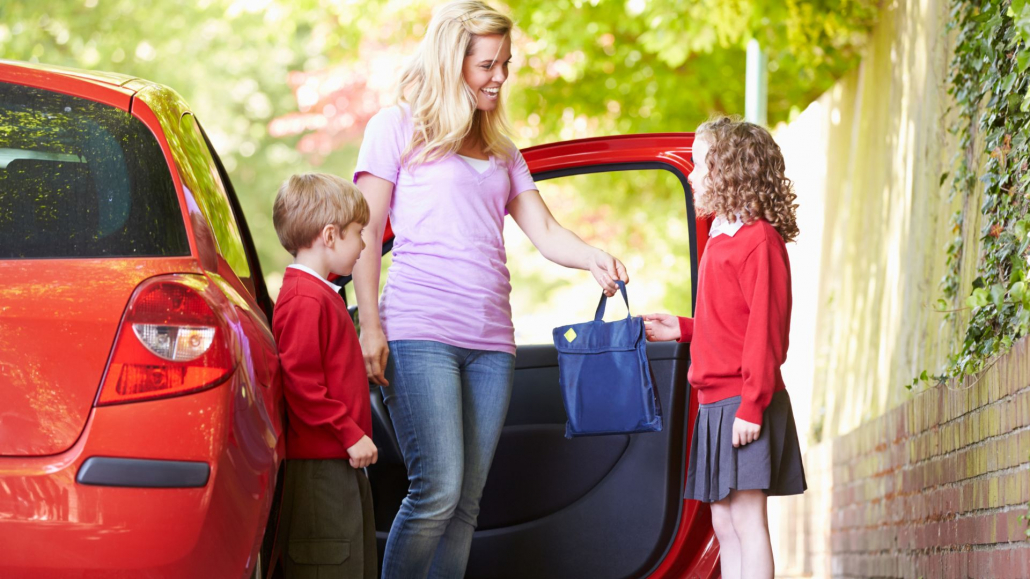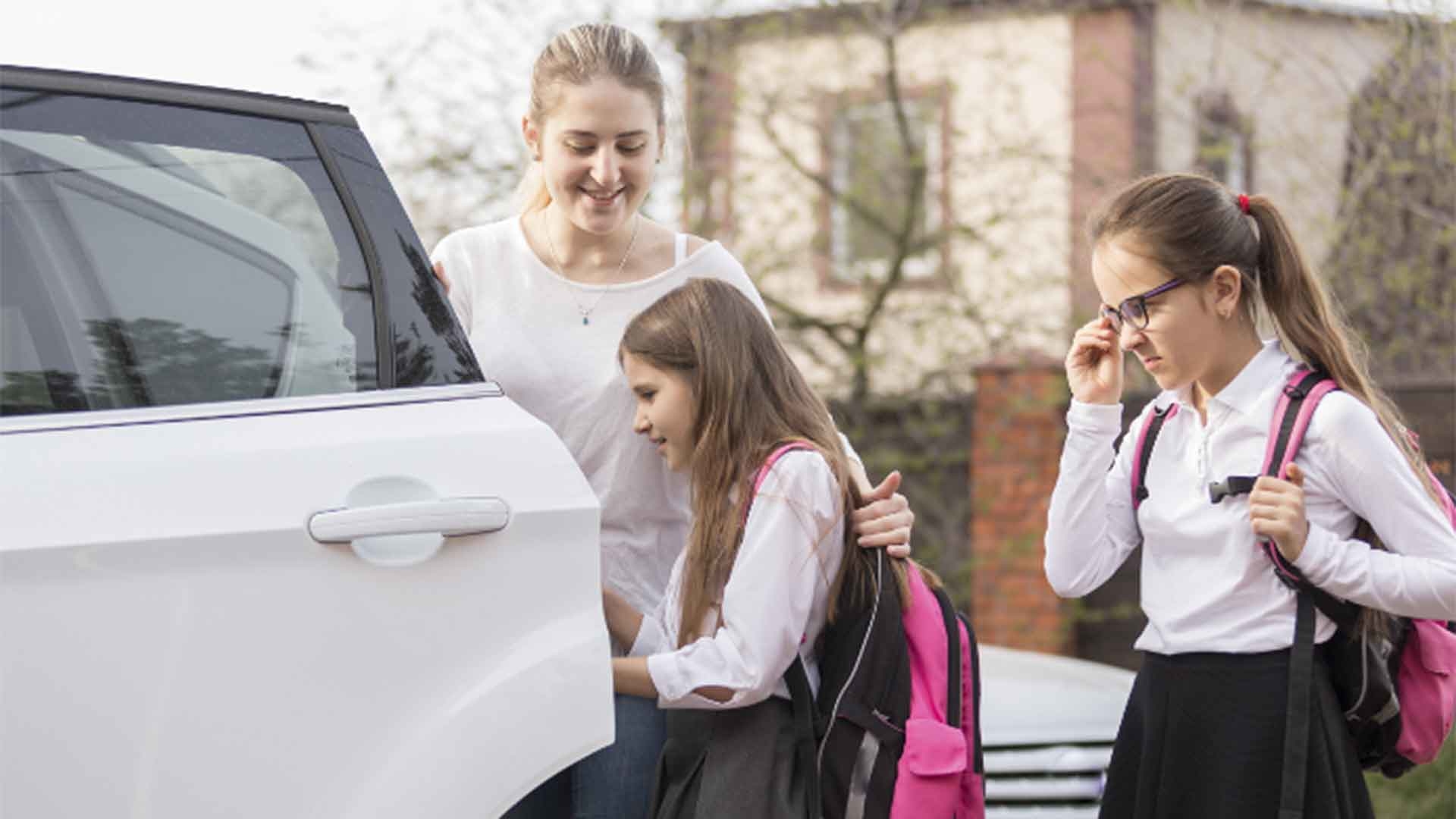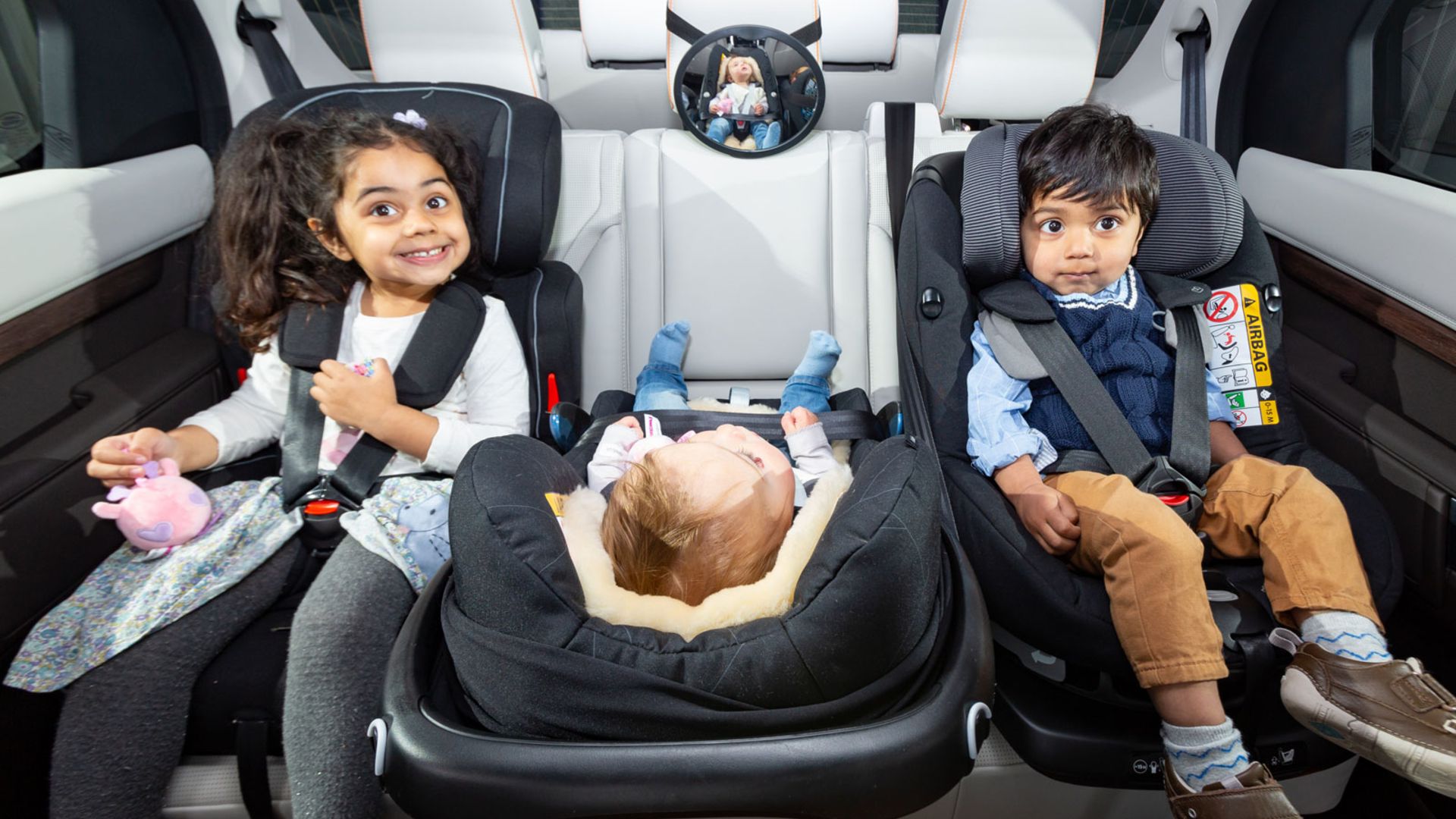
Children have finally returned to school after the long summer holiday. However, while many parents will be breathing a quiet sigh of relief, the school run can be one of the most hazardous journeys we take.
Arguing siblings in the back, other children crossing the road, competing with other parents for a parking space… it can all add up to a very stressful experience.
With help from road safety organisation IAM RoadSmart, we’ve compiled some tips on how to make this twice-a-day car journey as smooth and safe as possible.
Driving to school in safety

Sit tight, buckle up
Make sure all your children are in their child car seats, that the seats fit properly (taking into account the child’s height and weight) and that all belts are fastened.
The government guidance states: ‘Children must normally use a child car seat until they’re 12 years old or 135 centimetres tall, whichever comes first. Children over 12 or more than 135cm tall must wear a seat belt.’
With any luck, your kids will be strapped in so securely they won’t be able to reach each other…
A snack hack
Pack snacks, along with toys or books to distract them when the going gets stroppy. A bite to eat or something to amuse them should keep spirits up.
As all parents know, it doesn’t take much for a young child’s mood to change, so back-ups are always good to have.

Be a punctual parent
It’s easier said than done, but try not to rush. A school-run with time to spare is safer and far more relaxed, for everyone involved.
Allow plenty of time and stay calm. Children may react to your mood, which can spiral into arguments that distract you from the road.
Go slow and steady
Following on from the above, if you’re not rushing, you’re not speeding. A slower car is a safer car, particularly when children may be crossing the road.
Many schools already have 20mph speed limits nearby, and you should adhere to these carefully.

Rules of the road
The learning doesn’t have to start on the school premises. Teach your kids as much as you can about road safety as possible. Set a good example for them by being a patient, considerate and observant driver.
Don’t park your car in a position that could endanger others. You could even park a short distance away from the school, so a brief walk can offer a practical demonstration of pedestrian safety.

“Traffic always picks up again after the school holidays, so your journey will take longer and potentially be more stressful,” said Richard Gladman of IAM RoadSmart.
“Make sure the car is fuelled up and fit and ready for stop-start traffic, so you have one less thing to worry about. Be vigilant around schools as there’s likely to be children getting out of cars or walking to school.”
ALSO READ:
Best family hatchbacks to buy in 2023
This is an awful article; nobody should drive to school, and schools have specifically said to either walk or get public transport. It’s not acceptable.